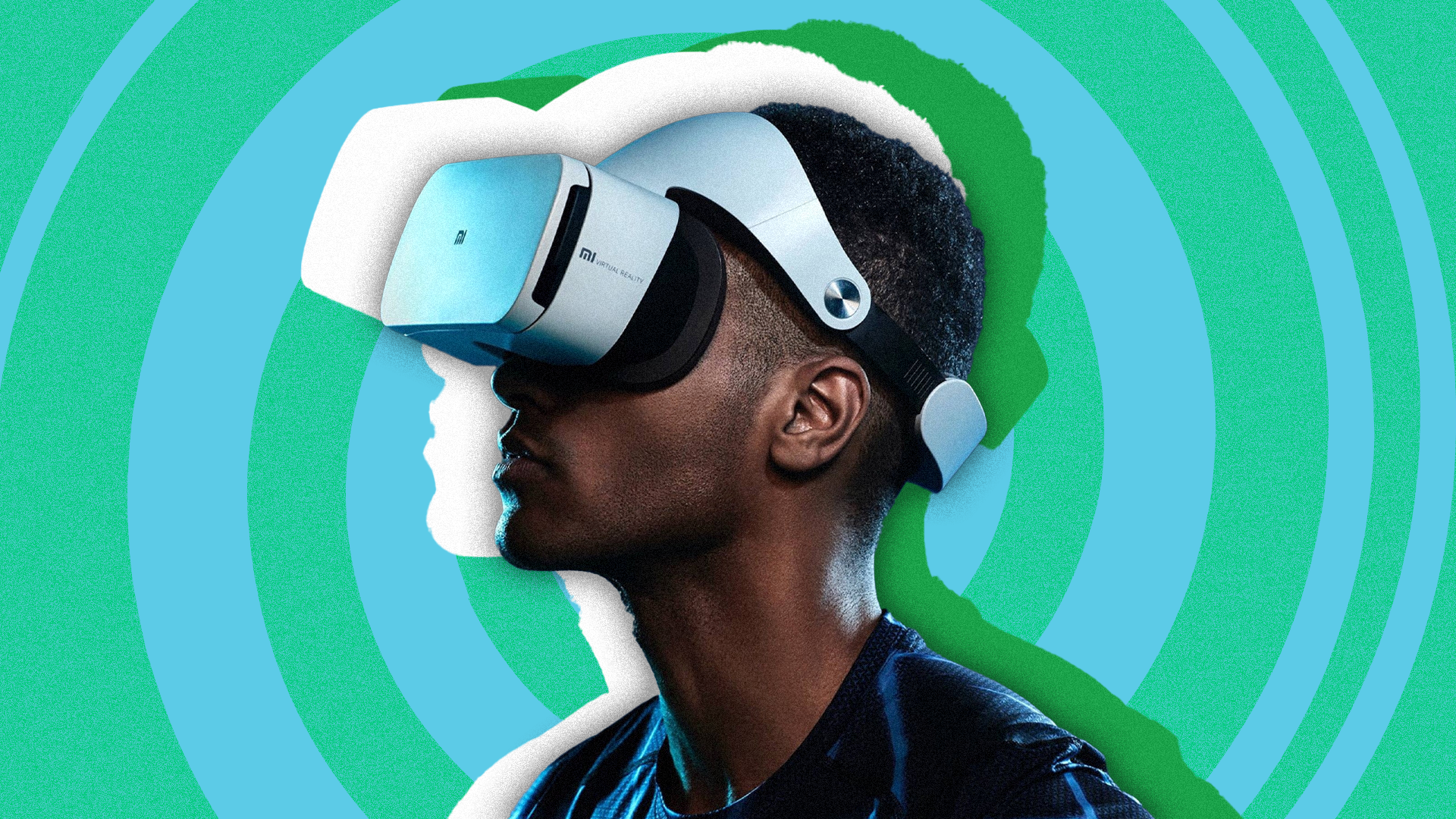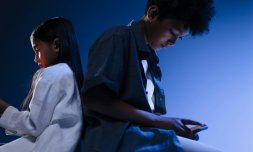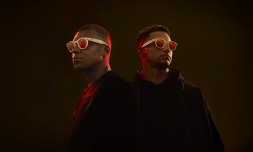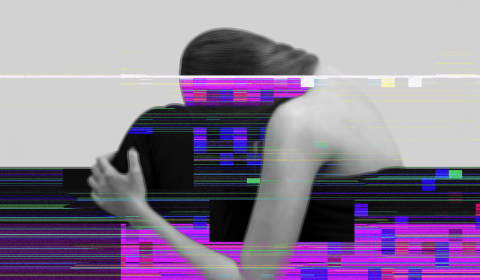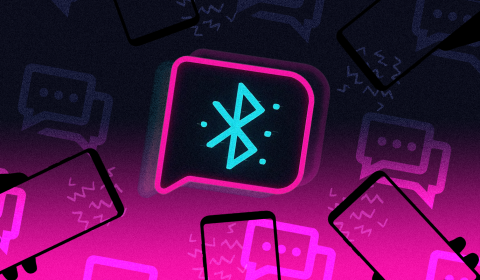Global school group, Inspired, is the first of its kind to be launching a school in the metaverse, but what does that mean for education and how do students and teachers feel about it?
‘We are becoming better at realising that, as educators, we aren’t just “exam conveyor belts”. Students entering the job market in 2022 require an entirely different skill set to be able to thrive and succeed,’ says Emma Patton, a 35-year-old physical education teacher working in Milan.
Based in an international private school, St Louis, Patton is one of several secondary school teachers who has found herself at the forefront of the next big step forward in education.
The school, owned by international group Inspired and based in Milan, Italy, is currently piloting the country’s first virtual reality (VR) education programme, while its parent group sets out to become the world’s first creator of a metaverse school.
‘Schools increasingly want their learning to be relevant to the world we live in and embracing such technologies obviously puts them at the forefront of this on many levels,’ Patton continues.
Technology is a huge part of the skills that employers look for in their candidates, so it is our job to expose our pupils and equip them with these things, she adds.
But what is a metaverse school?
Nicholas Wergan, global education director of Inspired, says that while VR gives students individual learning experiences in the classroom, the metaverse creates a classroom of students and teachers that can talk and work collaboratively – from around the world.
‘It’s no longer a solo journey, but a journey of collaboration,’ he says.
Wergan says one of Inspired’s strategic priorities is learning through technology. The group is constantly searching for ways to use it to not only motivate students – through iPads and laptops – but to deepen their experiences in the classroom.
March 2020 forced schools to immediately switch to online synchronous technology and the last two years have seen the bar completely rise for tech in education, Wergan says.
‘That’s what pushed us to open our first online-only school, as well as look for ways that we didn’t have to let children sacrifice the more practical subjects, including PE, Drama, and Science,’ Wergan adds.
St Louis School’s pilot is currently being tested on children aged 13 and up in a majority of subjects, but Inspired plans to get it into classes for those aged as young as ten. According to the global education director, the self-management that comes with operating the headsets makes it inappropriate for anyone younger.
Pietro Silvestrin, Maria Ester Massari and Lamberto Alberici, three 16-year-old students from St Louis School, agree that the use of VR could help visual learners more at a younger age, but there is little information about the potential harms that this modern technology could have on children, they note.
So how could VR improve education?
Massari, who has tried out VR in biology, physics, and computer science, says she feels she has already started to get a deeper understanding in a lot of topics.
‘Seeing objects in 3D rather than a two-dimensional screen or book gives students more freedom to interact with the subject at hand,’ she says.
Depth is often lost in seemingly 3D objects on computer screens, but if you can hold something life-like – it is so much easier to have a deeper understanding of it, she adds.
The headsets also allow students to carry out zero-error scientific experiments – something that would be impossible to achieve in real life.
PE teacher Patton says she has used VR tech to allow her students to explore and interact with 3D models of the skeletal and muscular systems first-hand. This way they not only get to identify the anatomical names of those parts, but the way in which they interact with each other and fit together.
The VR app also provides ‘excellent and immediate feedback’ with regards to technique in sports such as heading a football – from utilising hand positioning for additional power, to foot placement to allow optimal accuracy and reaction times, Patton adds.









